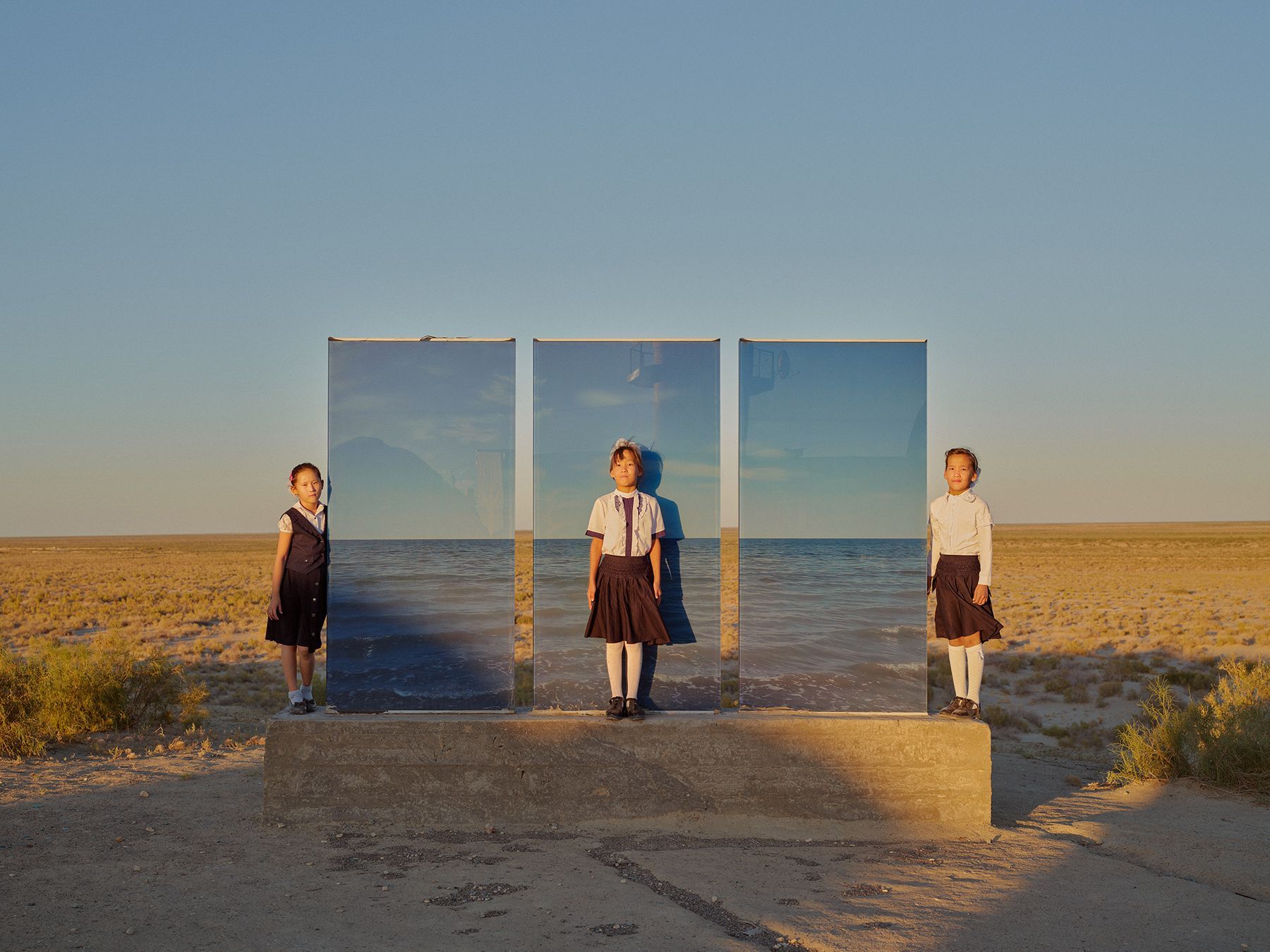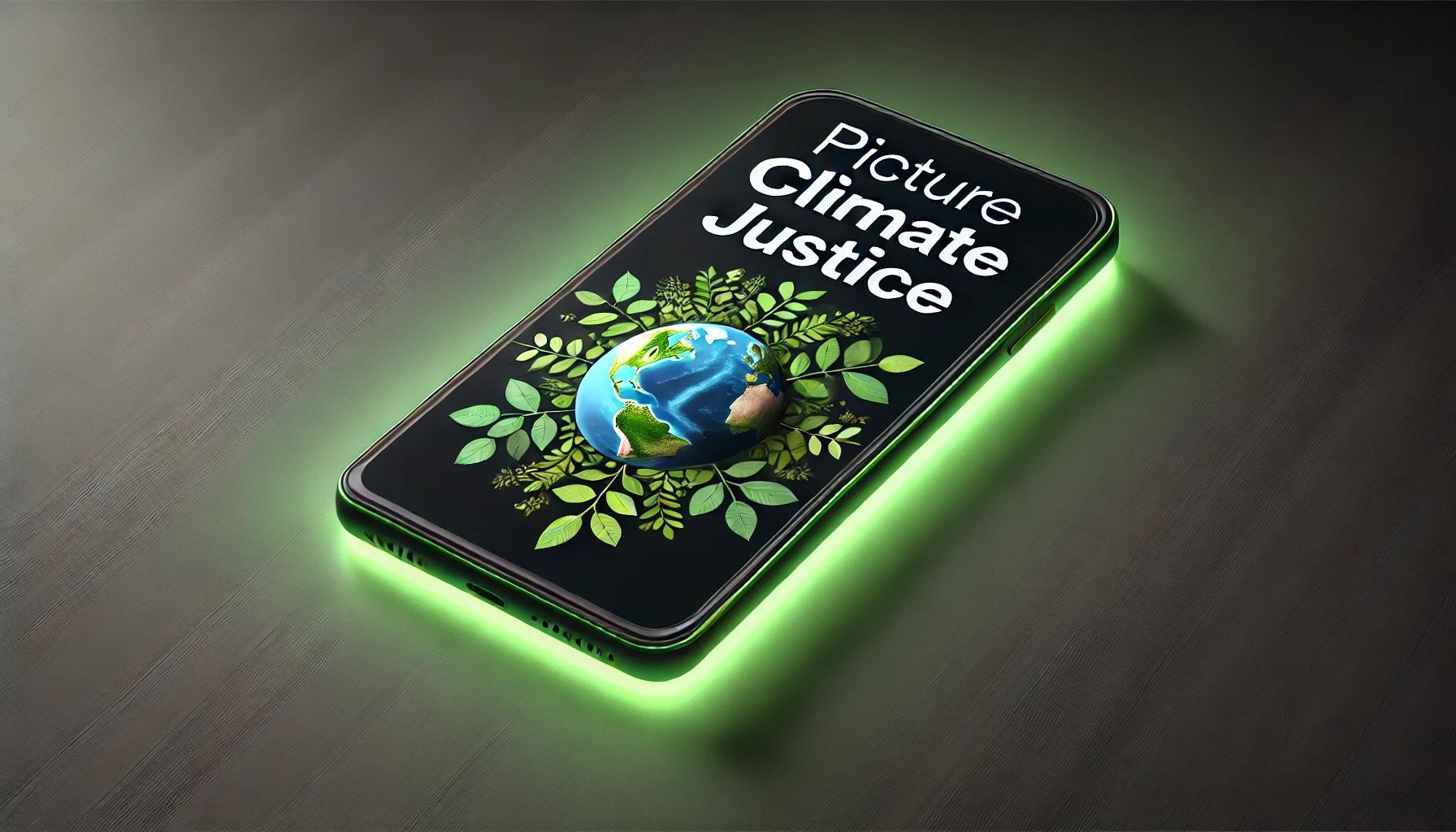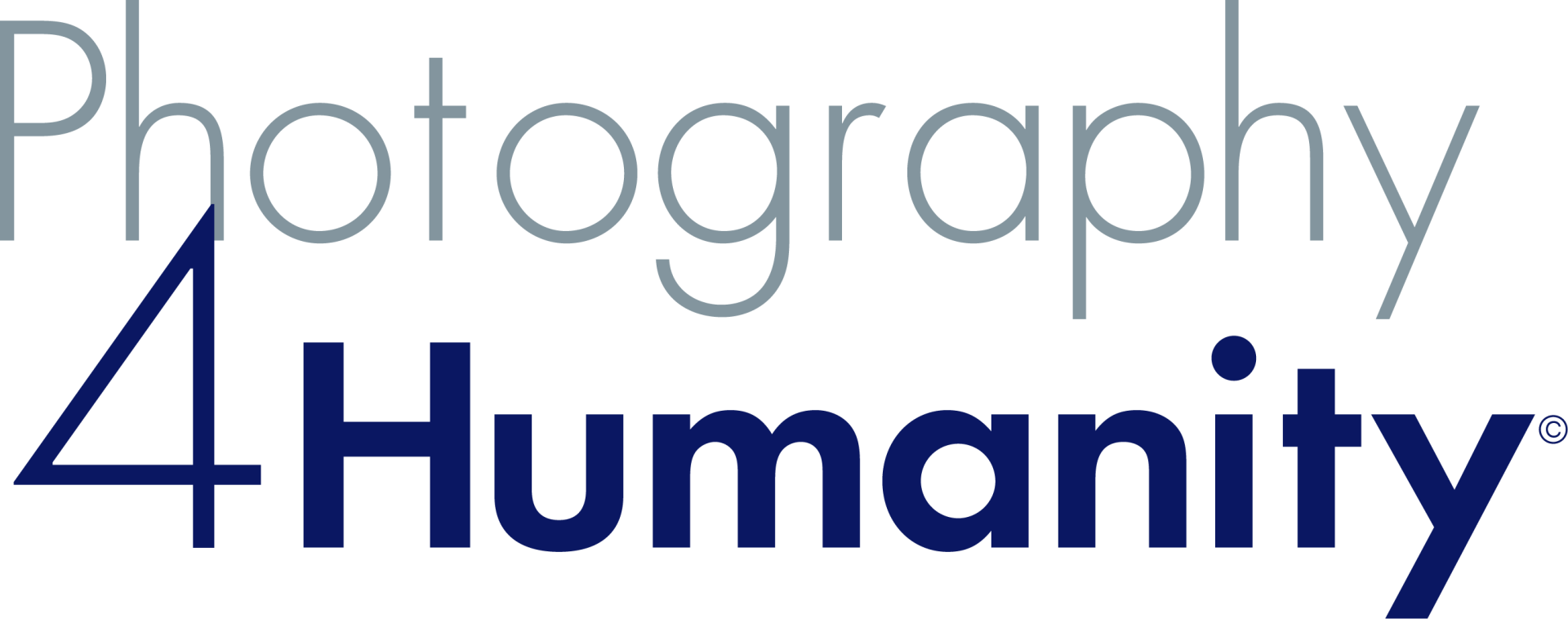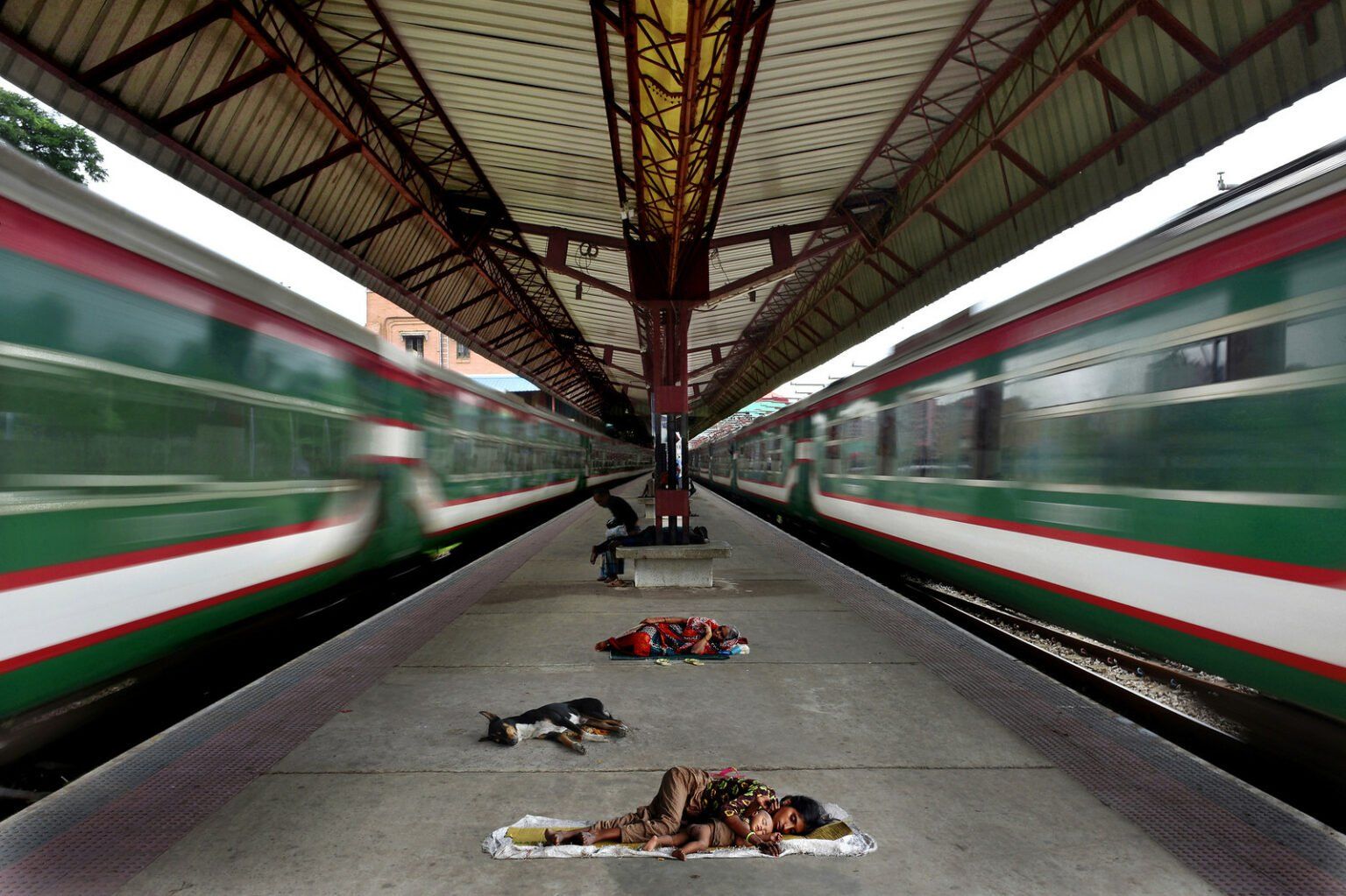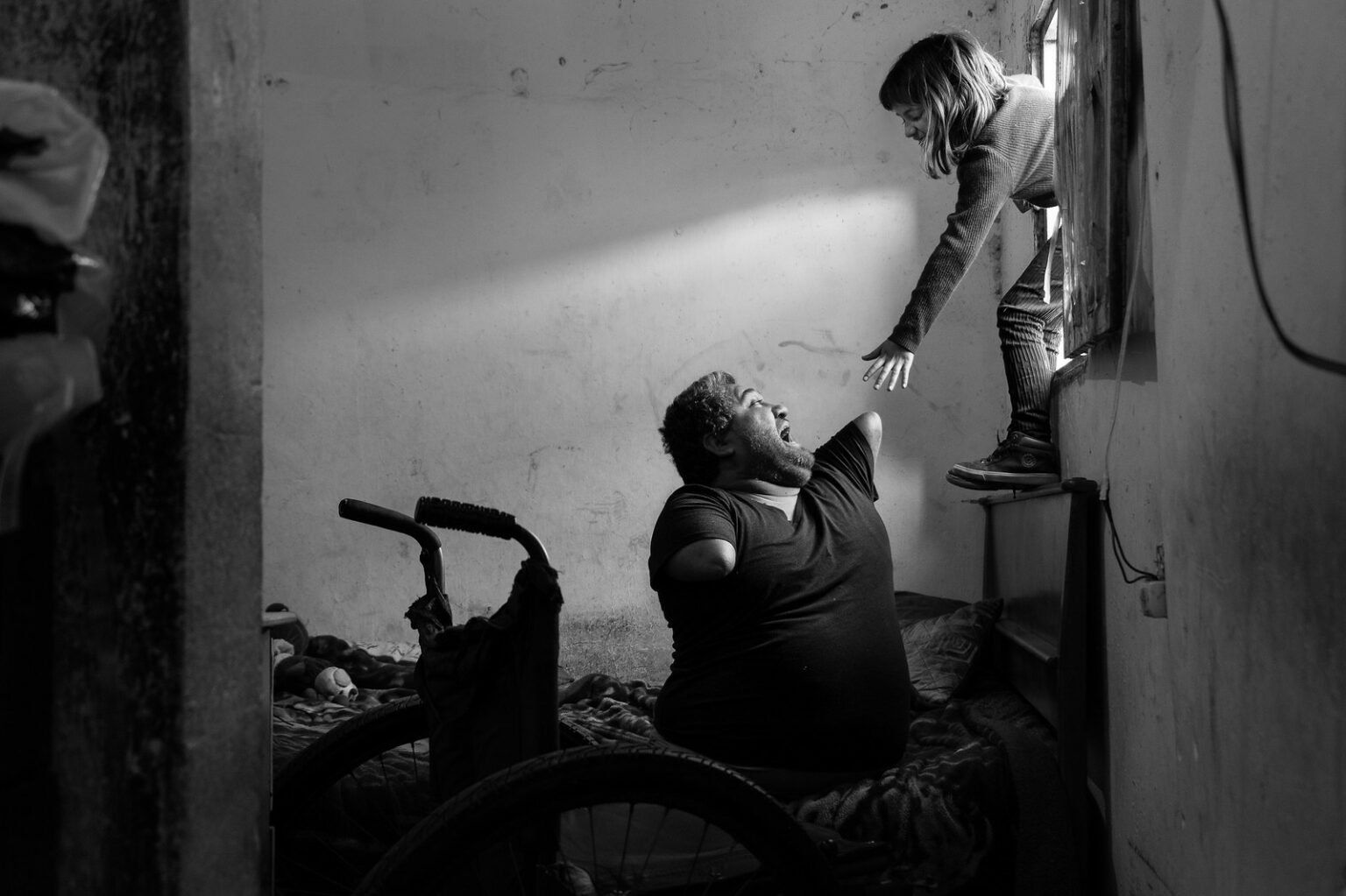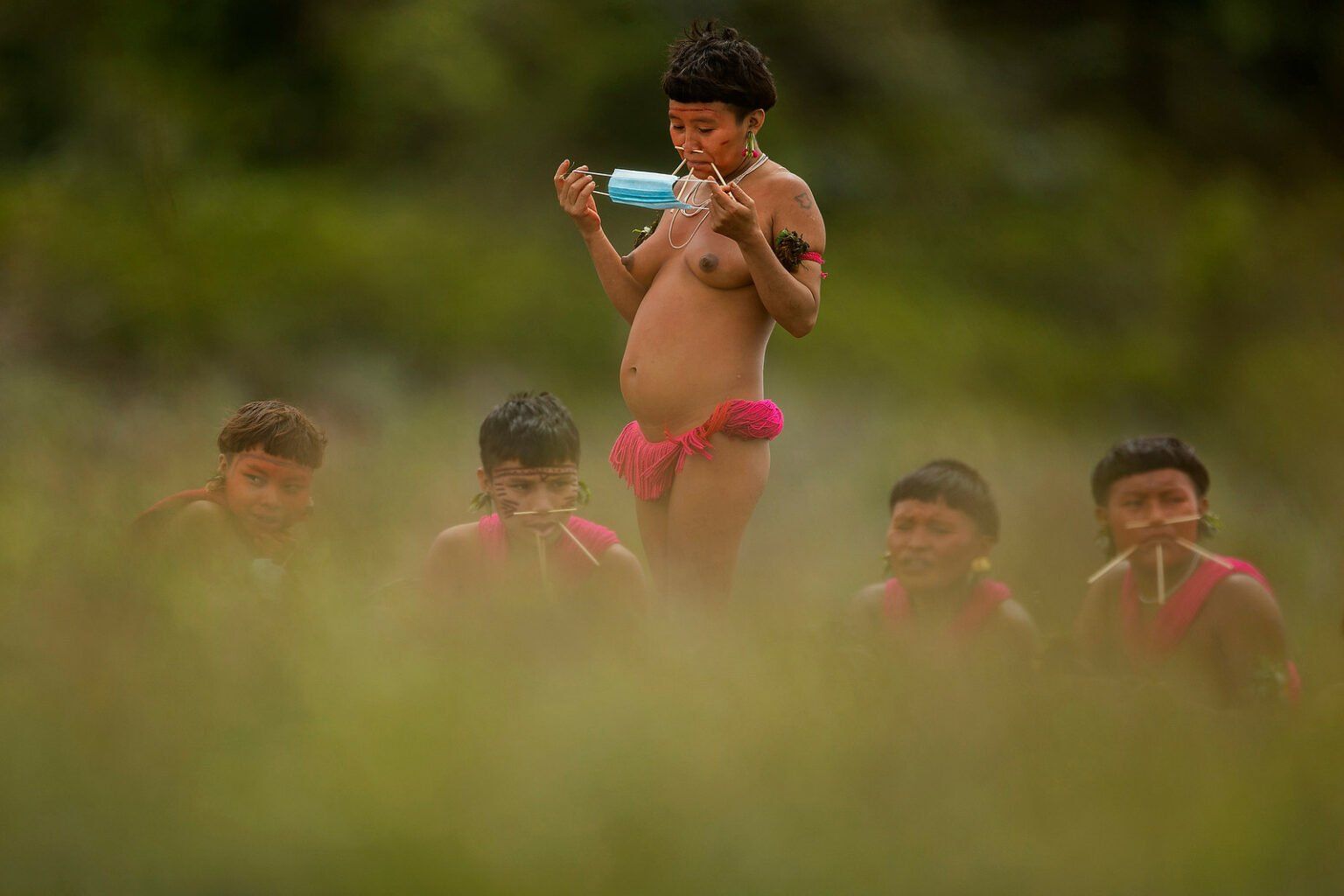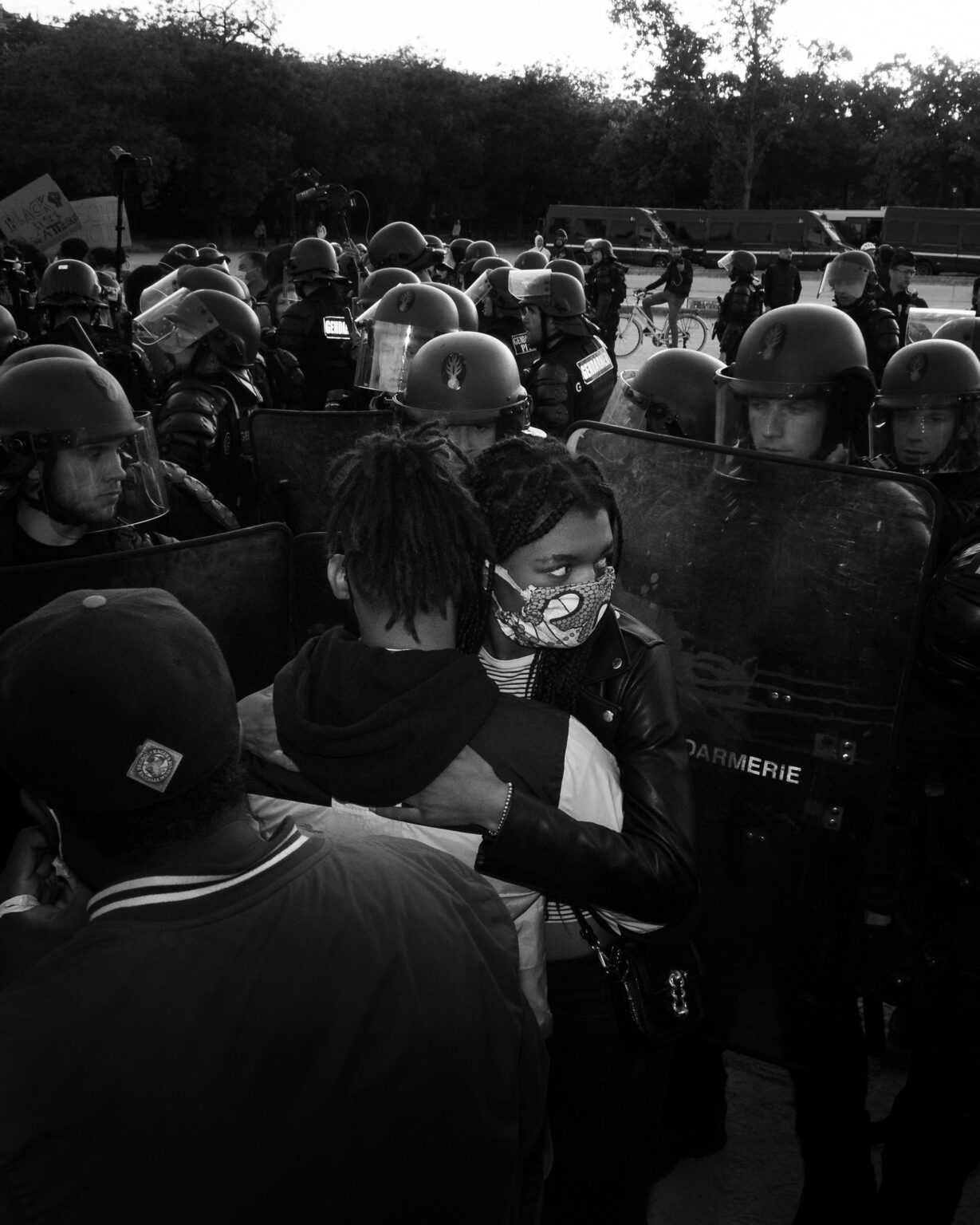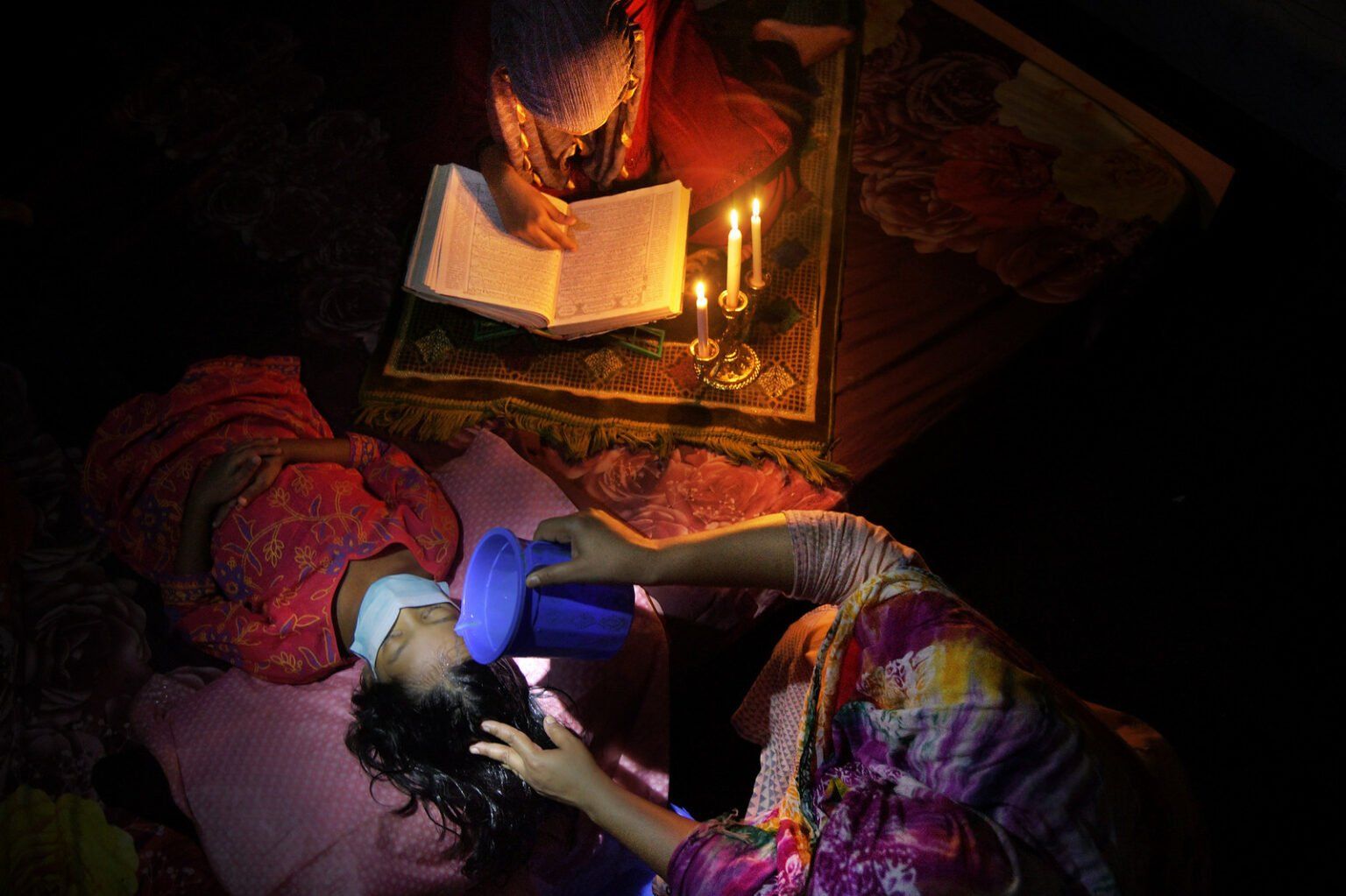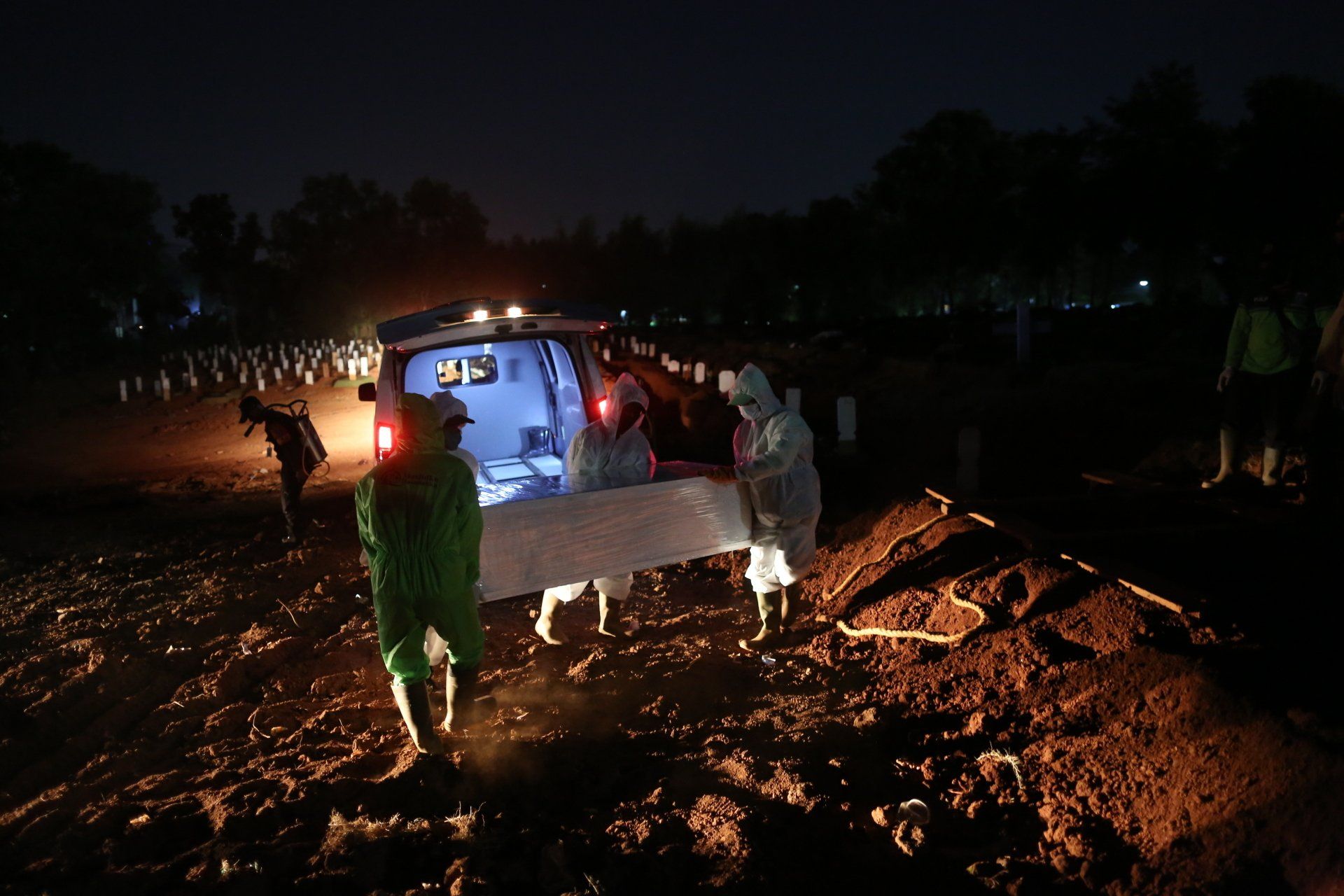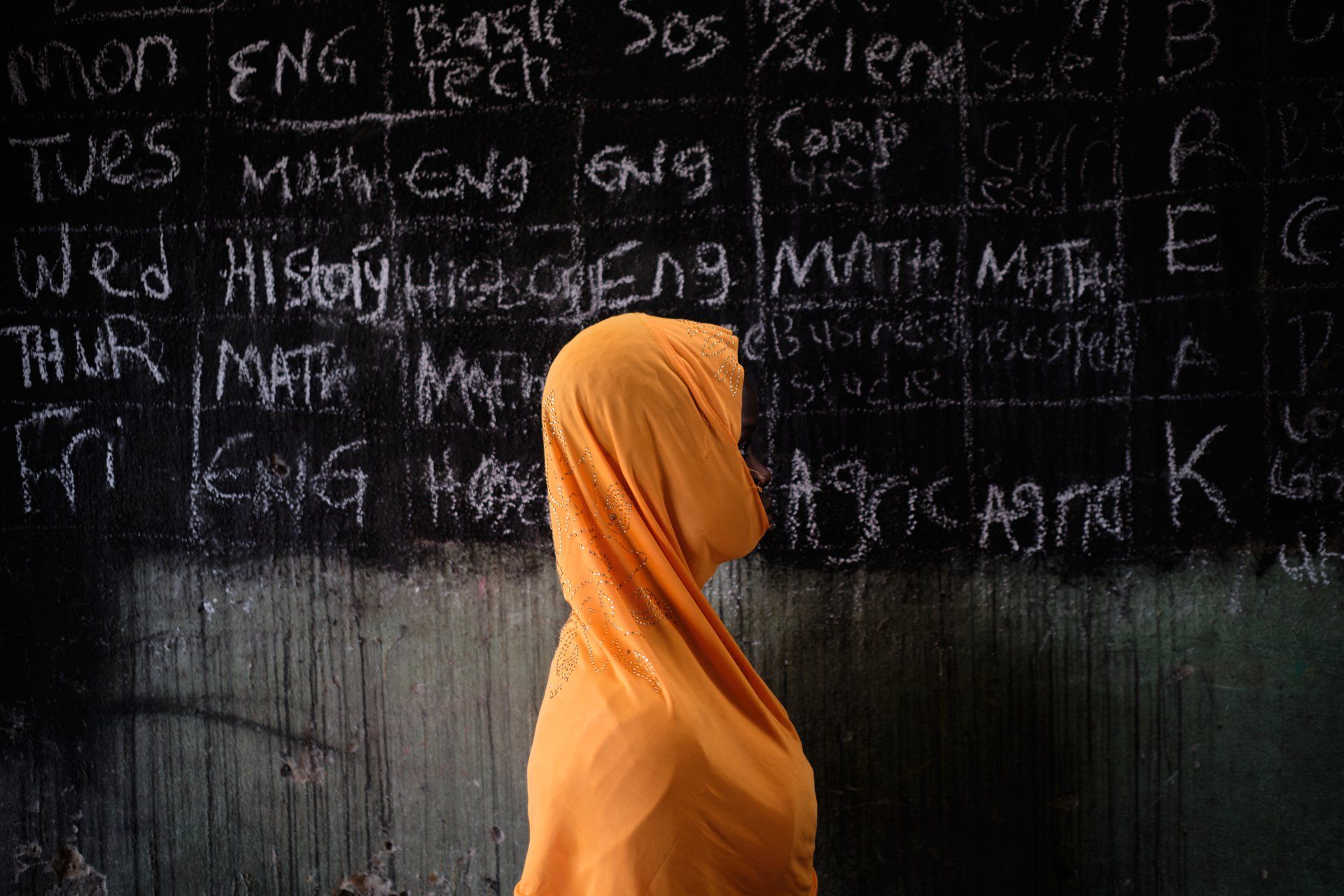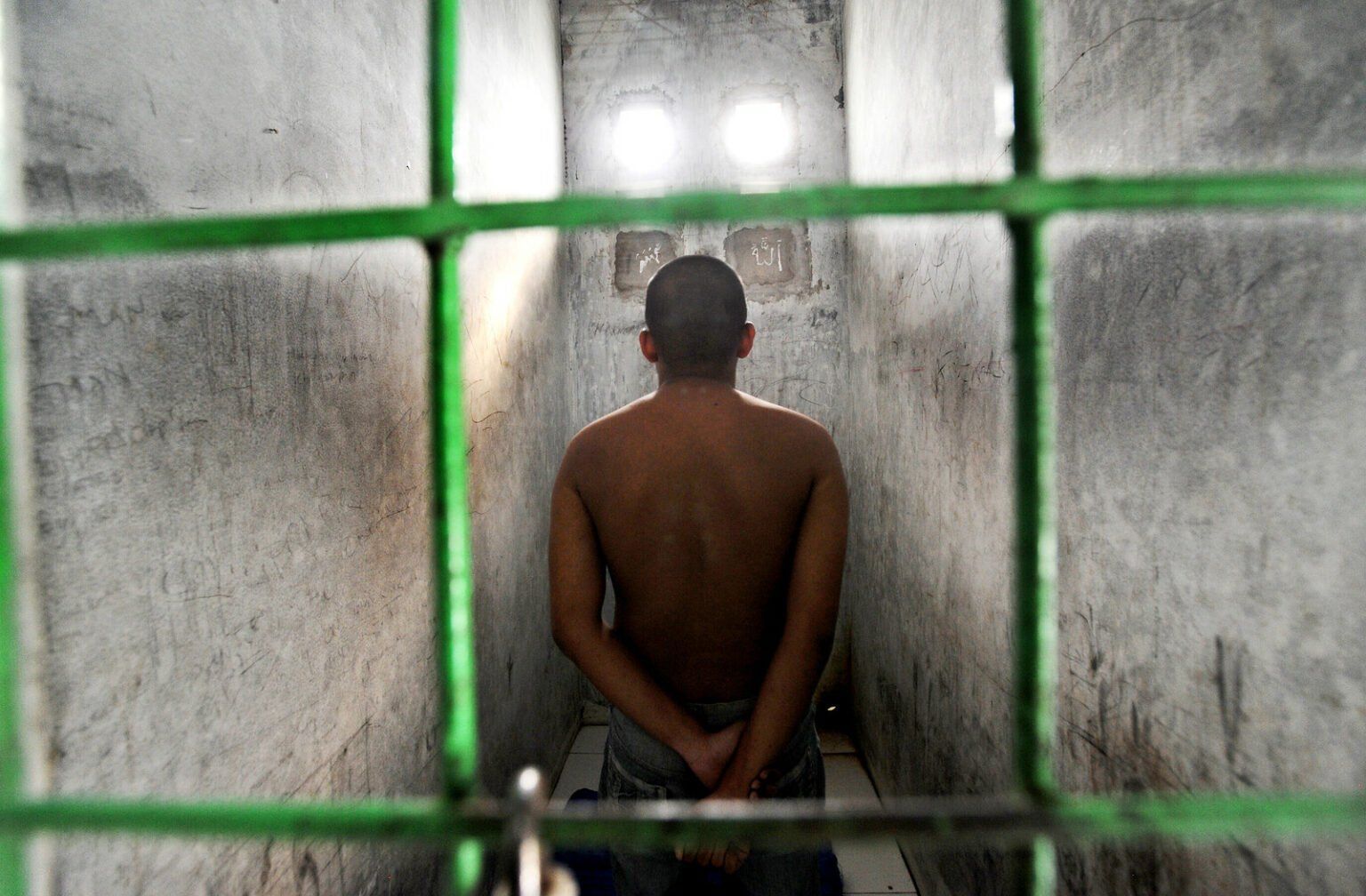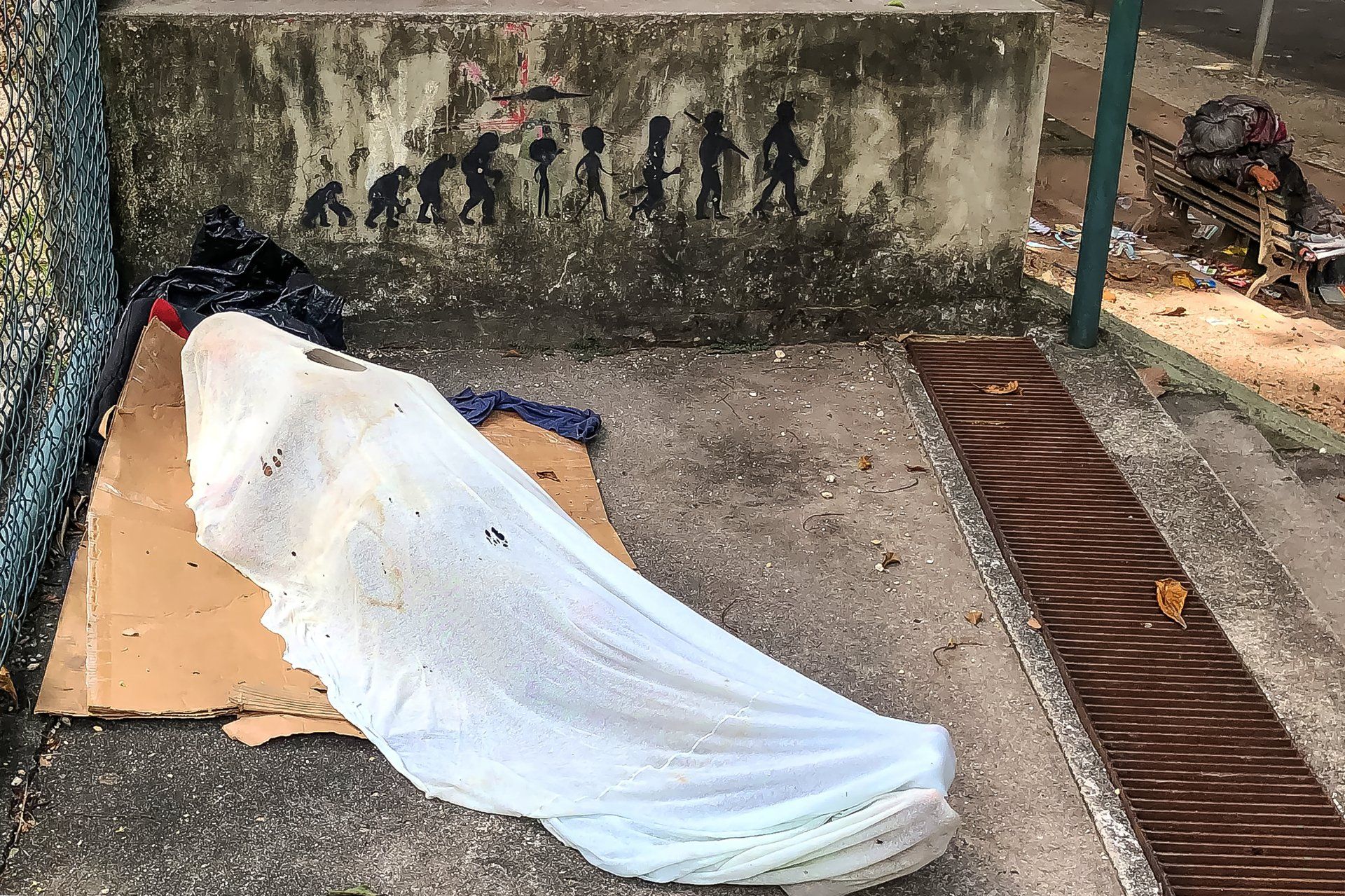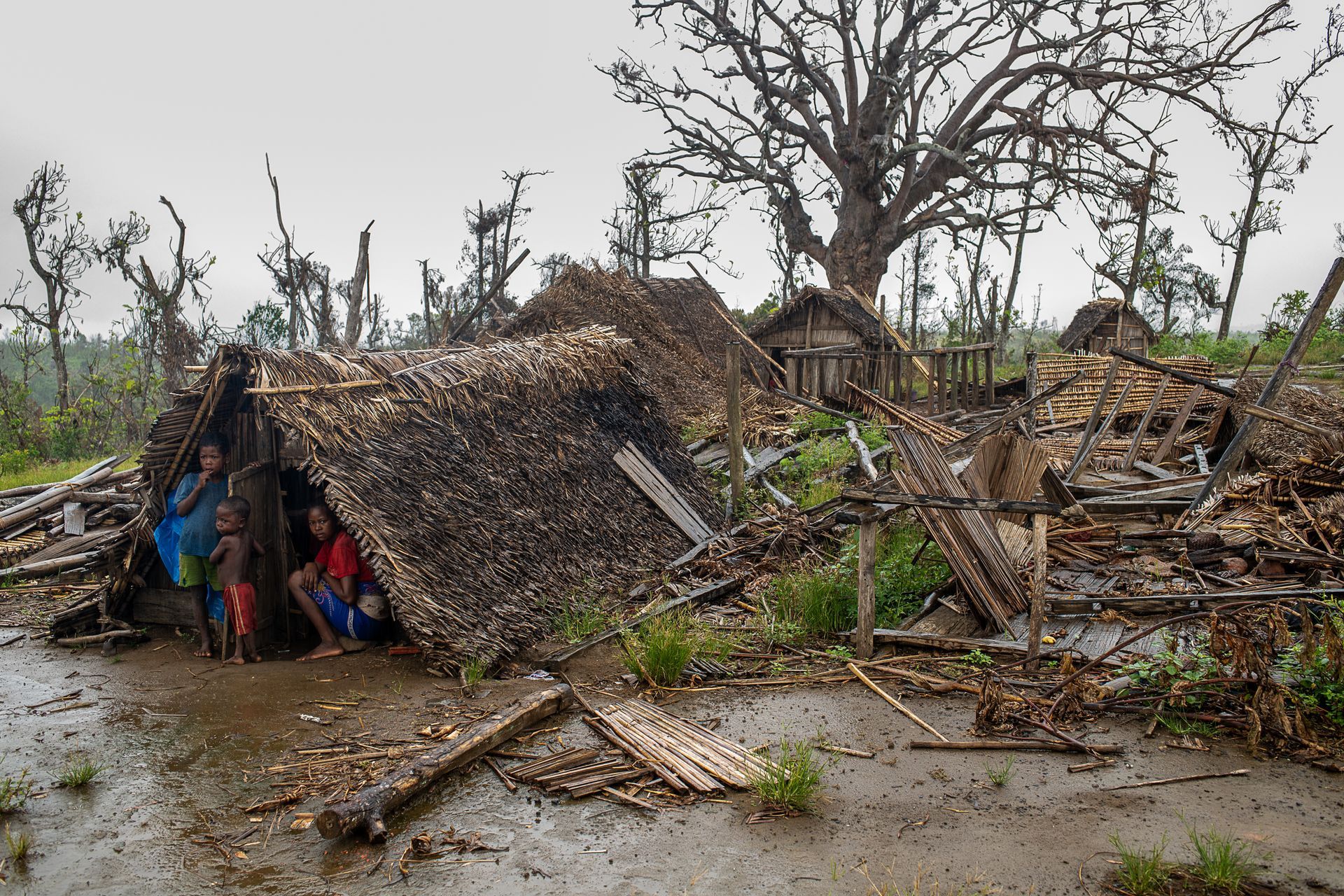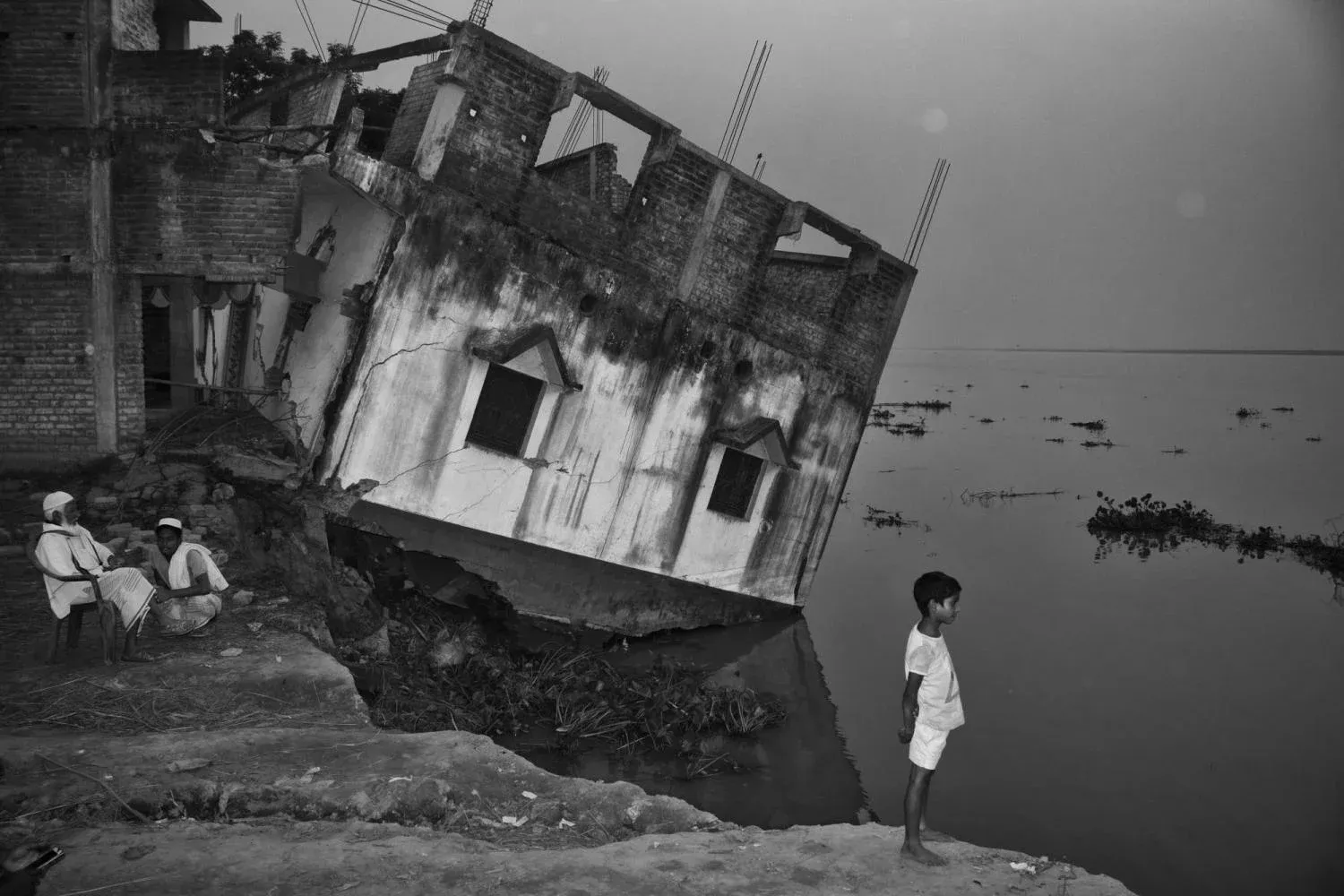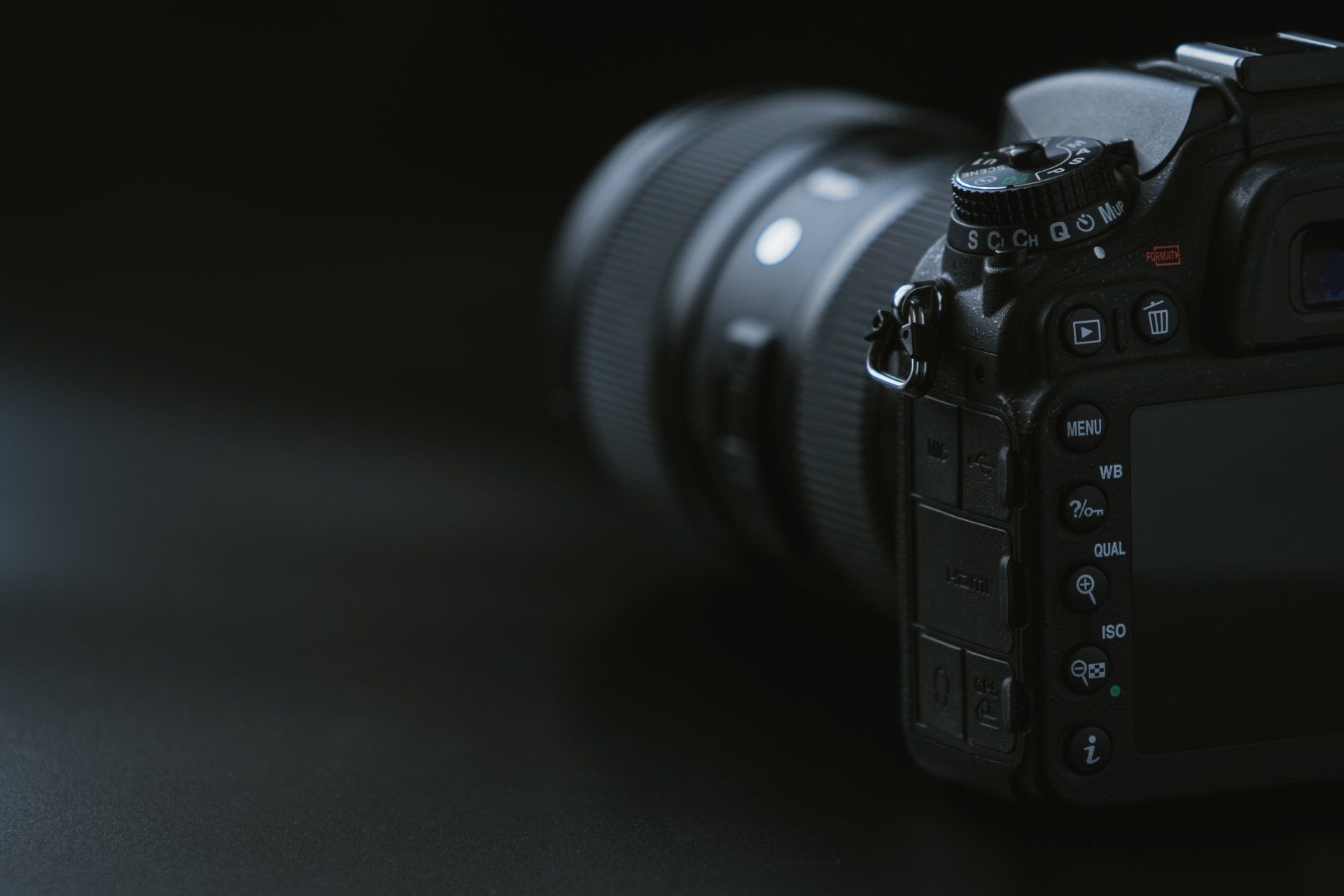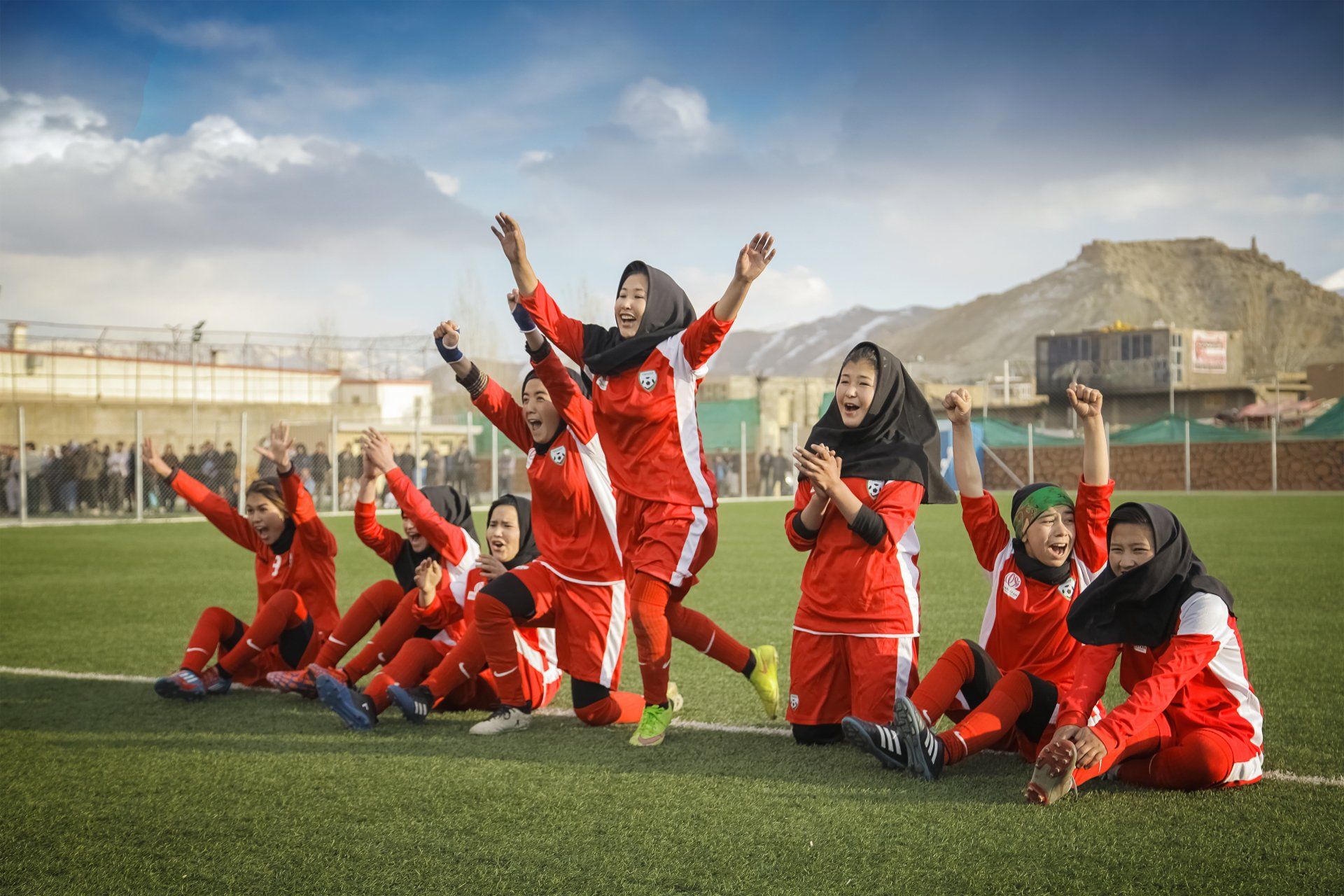“Photography has the ability to transcend borders”: Photography 4 Humanity, An Interview
The United Nations supported initiative, Photography 4 Humanity is dynamically bringing to life the power of human rights through compelling photography as a tool to ignite real change.
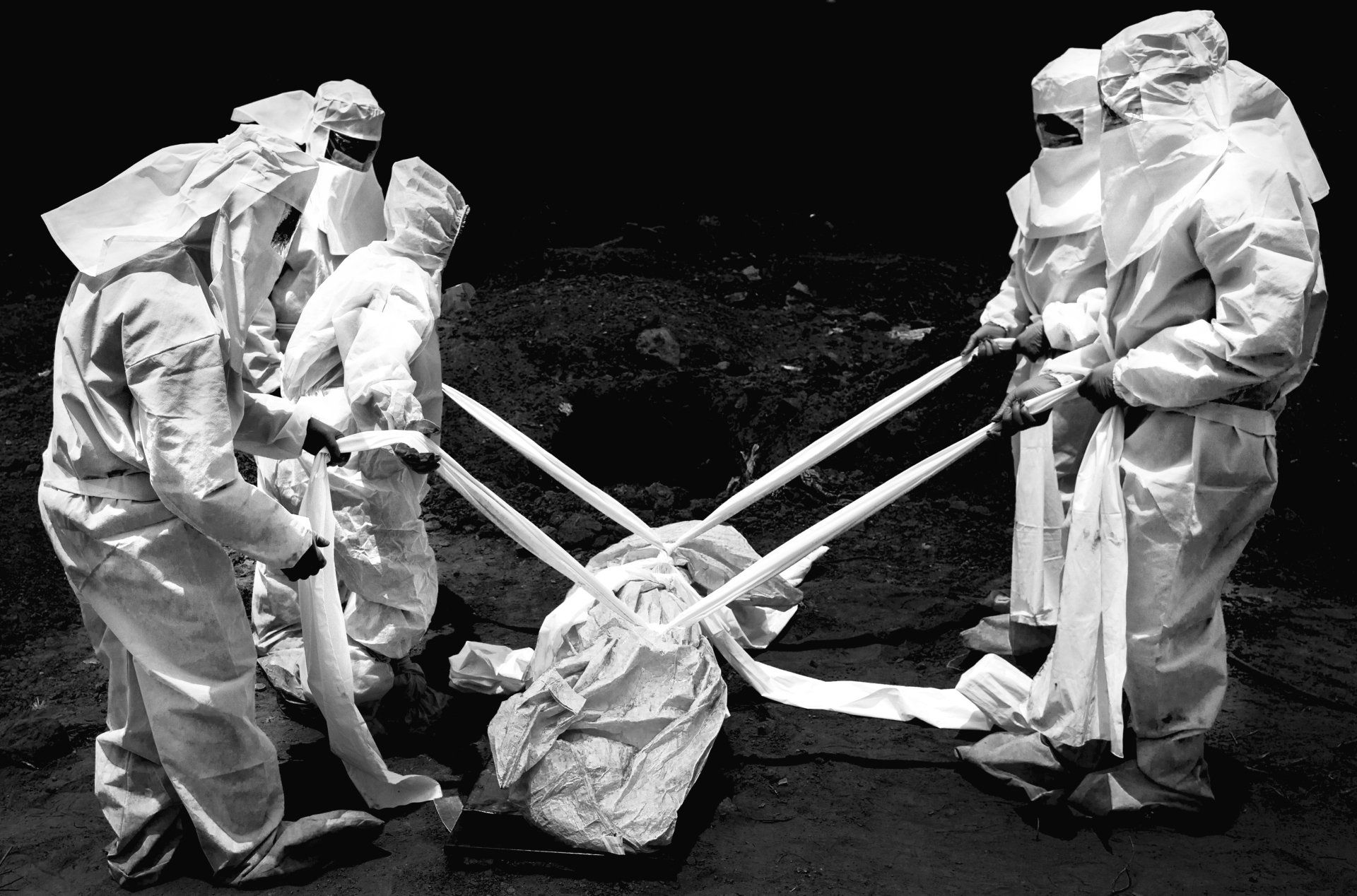
Illustrating the courage, hope and injustice of many from around the world alongside human rights victories and failures large and small, Photography 4 Humanity are authentically and successfully, bridging gaps between continents, communities and governments alike. Their one goal? To inspire people to personally get involved, take a stand for human rights and invoke change. World wide.
Creating a deeply inclusive community, Photography 4 Humanity also brings together photographers of all abilities, trained professionals or not, for the Global Prize each year. The open competition, with no restriction on entry, welcomes photographers to tell their stories and share images that capture moments in time, preserving them, to showcase internationally and spark reform. In bringing to light the lives of those who are all too often unseen, Photography 4 Humanity utilizes the power of photography in today’s society for good.
Announced on World Human Rights Day, Dec 10, this year’s winner was the incredibly memorable and emotionally charged, “The Last Rites” by Indian photographer, Anindito Mukherjee. Encompassing the many effects COVID-19 has had on humanity worldwide, it is a deserved winner and demonstrates the true potential of photography.
This year’s ten finalists also featured our very own IMAGO photographer, Maryam Majd from Iran. Her photograph, “Freedom in Freedom”, depicting Iranian women celebrating at a soccer game for the first time since 1980, is both emotive and strong. Change is happening.
IMAGO was lucky enough to sit down with David Clark, creator behind Photography 4 Humanity and the David Clark Cause, to learn more about the evolution of his initiative and its triumphs over the years.
For over two decades, David Clark Cause, has successfully engaged world leaders, dignitaries, celebrities, governments, corporations, charities and the public at large to create innovative and sustainable Cause Brands that educate, empower and inspire people to action.
Read his full interview below to find out more about this cultural movement and get inspired by the photography from this year’s Global Prize.
Photo: Their Home - Mohammed Shajahan (Chittagong, Bangladesh / April 2020)
First of all, thank you for taking the time to chat a little today. Congratulations on this year’s Global Prize competition in partnership with the United Nations. As always some beautiful photography from around the globe and some great emerging artists to inspire us with.
How did it all get started and how has it evolved over the years to become the Photography 4 Humanity we see today?
Over the last 25 years I’ve had the good fortune to work with iconic people like Muhammad Ali and President Nelson Mandela to create purpose-driven initiatives that promote human rights and social justice issues, and during those initiatives, one of the most powerful forms of communication and education was always through photography. Over the course of my career I’ve known that the most powerful way to instantly convey a message is with a dramatic picture, and with the advent of social media, where an image can go viral to a global audience – we’ve entered an era where we know an image can impact and inspire the viewer.
With the support of our global partners United Nations Human Rights, the lead agency within the United Nations system to promote and defend human rights, and internationally-renowned Presenting Partner Fotografiska New York, driven by a mission to inspire a more conscious world, we are able to promote Photography 4 Humanity photographers and their images around the world with the hope of inspiring people to take a stand for human rights.
Photo: What Love Can Save - Constanza Portnoy (Buenos Aires, Argentina / August 2020)
What were the initial goals you set for yourself when starting out the initiative?
The initial idea was ambitious for sure. I wanted to fuse human rights and photography into one purpose-driven initiative called Photography 4 Humanity, because I believed that photographers, both professional and amateur alike, could bring the power of human rights to life with their images and inspire people around the world to take action. I believed, with our partners at United Nations Human Rights, we could create a unique platform that could give a voice to those who all too often have none. I believed that if we attracted renowned people in the photography world, as well as those working to promote human rights around the world, a unique organization would be created that could authentically promote human rights through photography. And with the support of United Nations Human Rights, the lead agency that promotes human rights to the 193 member states of the UN, I believed that with the “Photography 4 Humanity Global Prize,” we could create a truly unique and premier global award that would appropriately be presented annually on Human Rights Day (December 10th) – the day the UN commemorates the ratification of the Universal Declaration of Human Rights every year. Adding gravitas to the global competition is that the images are judged by an esteemed jury that includes a range of renowned photo industry professionals, and that the Photography 4 Humanity Global Prize Recipient’s winning image, and the Top 10 finalists are exhibited annually by the United Nations and Fotografiska New York.
Photo: Conflict of Cultures - Joédson Alves (Amazon, Brazil / July 2020)
What are the core principles and ethics of Photography 4 Humanity?
Photography 4 Humanity was created as an international initiative that calls on photographers around the world to bring to life the power of human rights through their images, highlighting the most compelling photos — illustrating courage, despair, hope, injustice, compassion, human rights failures or victories in ways small and large. It is our belief that these images will serve to inspire people to personally get involved and take a stand for human rights.
We also believe that photography should be democratic, that both amateur and professional photographers alike should be encouraged and inspired to participate, because we wanted to empower everyone to help promote human rights – wherever they are, by taking the time to capture a compelling human rights image – and share it with the world.What were the initial goals you set for yourself when starting out the initiative?
Photo: Protest Embrace - Louis Mack (Paris, France / June 2020)
What do you see as the power of photography and its place in today’s society? Have you always believed it to be a tool for change and inspiration?
Now that most people can easily take high-quality photos on their phones, and so many people have access to social media, we believe this is an amazing time and opportunity for photographers from around the world to take a stand for human rights with their photos. One only has to think of the image of the little boy in Aleppo sitting in an ambulance bloodied from a Syrian bomb, or see images of children locked in cages at the US and Mexico border, to understand the power of photography. We believe that images are like facts, they are very difficult to ignore.
Photo: Faith - Sharwar Hossain Apo (Mawa, Bangladesh / May 2020)
Why do you think Photography 4 Humanity resonates so well globally?
We believe Photography 4 Humanity resonates because there is no barrier to entry, we welcome any photographer, from anywhere, to help tell their stories and share their images that capture a range of human rights issues and triumphs.
In your opinion, what allows photography to transcend borders and build connections in a way other mediums may not?
Photography has the ability to transcend borders because it allows people to see the world from different points of view they never knew existed, in a frozen moment. It also has the ability to provoke emotion and generate instant empathy, as people can relate to genuine human emotion and are affected by the powerful stories being told when they see it.
Photo: Covid-19 Funeral - Totok Wijayanto (Jakarta, Indonesia / July 2020)
Creating connections through galvanizing global change and giving a platform to emerging artists are two things Photography 4 Humanity attains. How do you think you achieve these elements so well?
We’re able to authentically create powerful connections for global change because we have the ability, through our partners, to select and promote images that speak to authentic human rights issues, that are submitted by photographers who bear witness to them first-hand. When you see a story visually, told by the very person who took the image – it’s compelling. That’s one of the reasons we encourage all photographers to provide as much context for their images as possible, and during our award show and exhibits, we encourage videos of the photographers so they can explain the context of their images – in their own voice.Why do you think Photography 4 Humanity resonates so well globally?
Photo: Heroes 3 - Emeke Obanor (Nigeria / January 2020)
The inspiration for change and to act as a catalyst for people to personally get involved are two things you write as important to Photography 4 Humanity. What examples come to mind of people being moved to act?
One example that immediately comes to mind, is this year’s Top 10 Finalist image entitled “Freedom in Freedom” that depicts women in Iran celebrating at a soccer game at Azadi Stadium in Tehran. For the first time since 1980, Iranian women are allowed to watch football in the same stadium as men. For roughly 40 years, the Islamic republic had barred female spectators from football and other stadiums with clerics arguing that women must be shielded from the masculine atmosphere and the sight of semi-clad men. This shift in rules was the result of protests that gained global attention and increased public pressure on FIFA, who after years of lobbying, left open the possibility of banning Iran from qualifying matches for the 2022 World Cup.
This was a historic moment for Iranian women and very personal for photographer, Maryam Majd, a long-term sports photographer and documentarian who has fought for women’s rights and the right of women to enter the stadium in Iran for many years. In 2011, Maryam was herself arrested because she was the only Iranian female photographer to receive accreditation and an invitation by FIFA to take part in the Women’s FIFA World Cup in Germany.
While women were allowed into the stadium that day, for some reason unknown to Maryam, women photographers were not allowed to photograph the game, and she needed to sneak her camera into the stadium to take photos from the crowd. For Maryam, this photo is not just a photo of football fans but a captured moment of the screams and cries of excitement from voices that were silenced for 40 years. Shouts of freedom reigned throughout Azadi Stadium, which ironically translates to Freedom Stadium – Freedom in Freedom.
Photo: The Last Rites - Anindito Mukherjee (New Delhi, India / May 2020)
The yearly Global Prize competition always features such great photography from around the world. What elements of a photograph make for a great image and for finalists status?
First and foremost, the images must convey a human rights message and subjects that are compelling, and even better if it’s captured in an artistic manner that makes it all the more engaging.
What were some of the competition highlights for you so far? Any photographs that stand out in your memory over the years?
We received so many incredible images and heard so many unbelievable stories, it’s very difficult to select only a few to highlight. But given the year we’ve all endured in 2020 with the global pandemic raging, the Photography 4 Humanity Global Prize winning image this year by Anindito Mukherjee from India epitomizes this most difficult time and encapsulates both the human and systemic costs of COVID-19. His dramatic image “The Last Rites” is a truly memorable photo as it depicts a person who lost their life to COVID-19 being buried by municipal workers in hazmat suits, while the deceased’s family is forbidden to say goodbye or perform religious last rites.
Photo: Hope to Get Well - Arie Basuki (Tangerang, Indonesia / September 2019)
Bringing together professional and amateur photographers is something that Photography 4 Humanity does so well. Why do you think it is important to showcase a range of artists alongside each other?
Since our primary goal is to promote human rights and social justice images, we thought it was essential to build an inclusive community – open to everyone and anyone who wants to share their human rights stories and imagery with the world. For us, it was critical to allow everyone to be eligible to participate in the Photography 4 Humanity Global Prize Competition because every story is important to share regardless if you are a trained professional or not. We thought about all the historically impactful photos that were taken by amateurs and bystanders that riveted the world. For example, those of us old enough to remember, will recall that iconic image of the man in China standing peacefully in front of a row of tanks in Tiananmen Square. Can you imagine if we couldn’t allow a similarly poignant photo because the person who took it was an amateur? We’ve actually heard from a lot of the professional photographers who participate with Photography 4 Humanity and they love the fact that it’s open to anyone. This isn’t a traditional competition that’s more reliant on skill and technique, the subject matter here is dependent on diverse viewpoints and demands it be open to amateur and professionals alike.
Also, it’s our hope that as the public gets to know that Photography 4 Humanity is a platform open to anyone who documents human rights, that more people who witness human rights violations will take pictures when they encounter them – and submit them to our platform where we continually feature compelling photos on our @Photography4Humanity Instagram feed and social channels. Once this begins to be more pervasive, then the mere fact that someone is documenting a human rights abuse may help to stop it, as the cause of the violations may be more exposed by Photography 4 Humanity.
Photo: The Evolution of Species - Luis Teixeira Mendes (Copacabana, Rio de Janeiro, Brazil / March 2020)
Do you have any tips for photographers looking to start out in the industry?
I think it’s important to begin by first focusing in on what you’re most passionate about, and then figuring out how you’d like to convey that passion to the world through your images. Once you have your north star identified, plan on how to capture images that drive you there.
“Thank you for bringing attention to Photography 4 Humanity and raising awareness of the importance of human rights.” – David Clark Cause.
On display at Fotografiska, New York, for one month, all the images from the 2020 finalists will then move on to be exhibited virtually by the United Nations internationally.
You can also head to their @Photography4Humanity social channels to submit your compelling photography.
For more information on the work Photography 4 Humanity are doing, visit photography4humanity.com and davidclarkcause.com.
